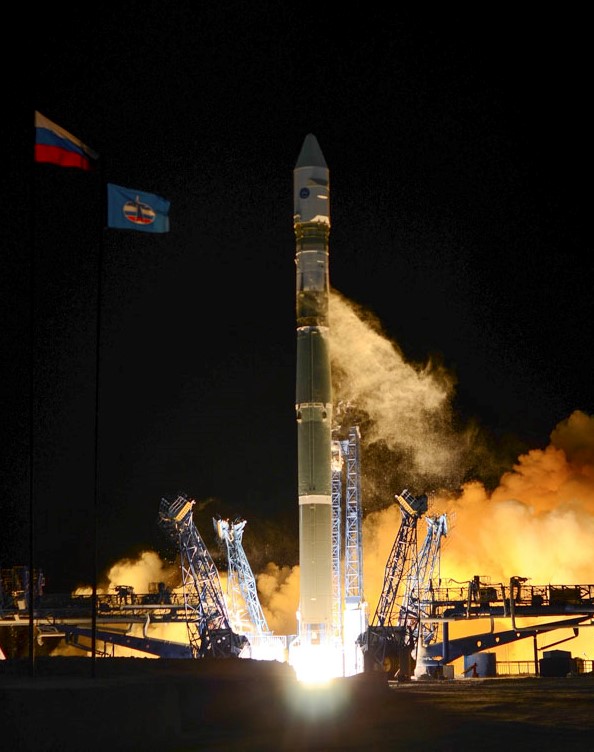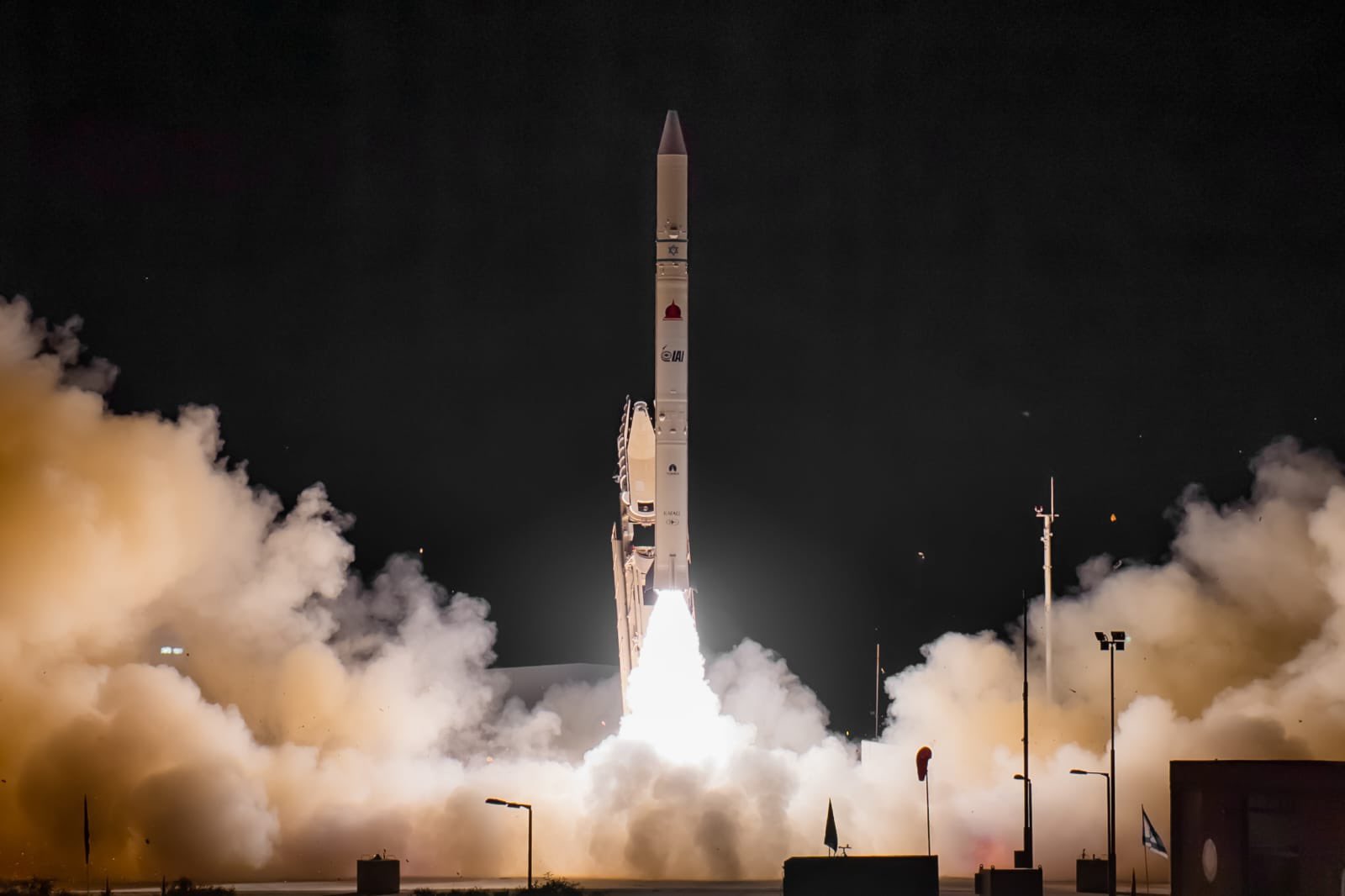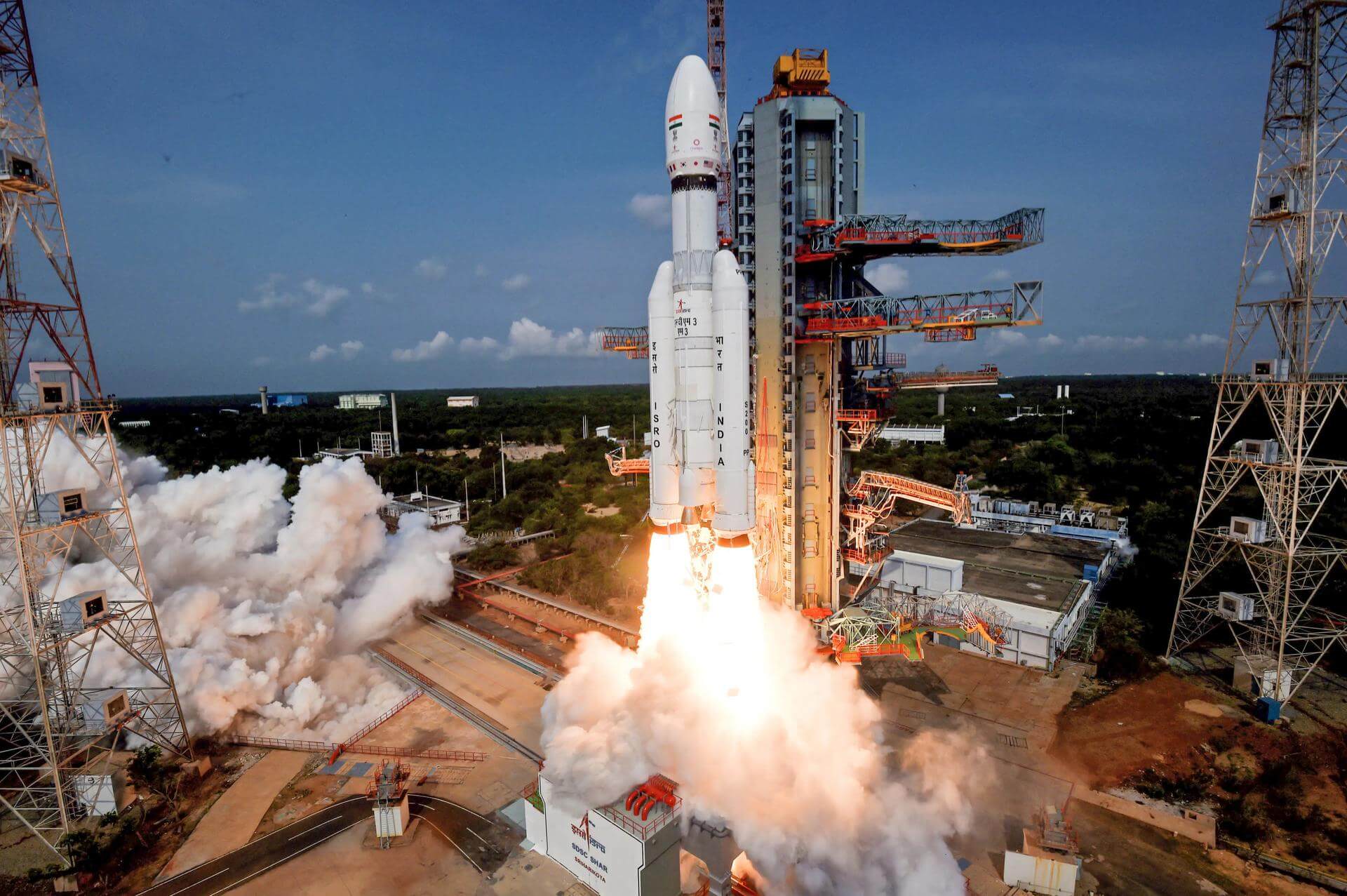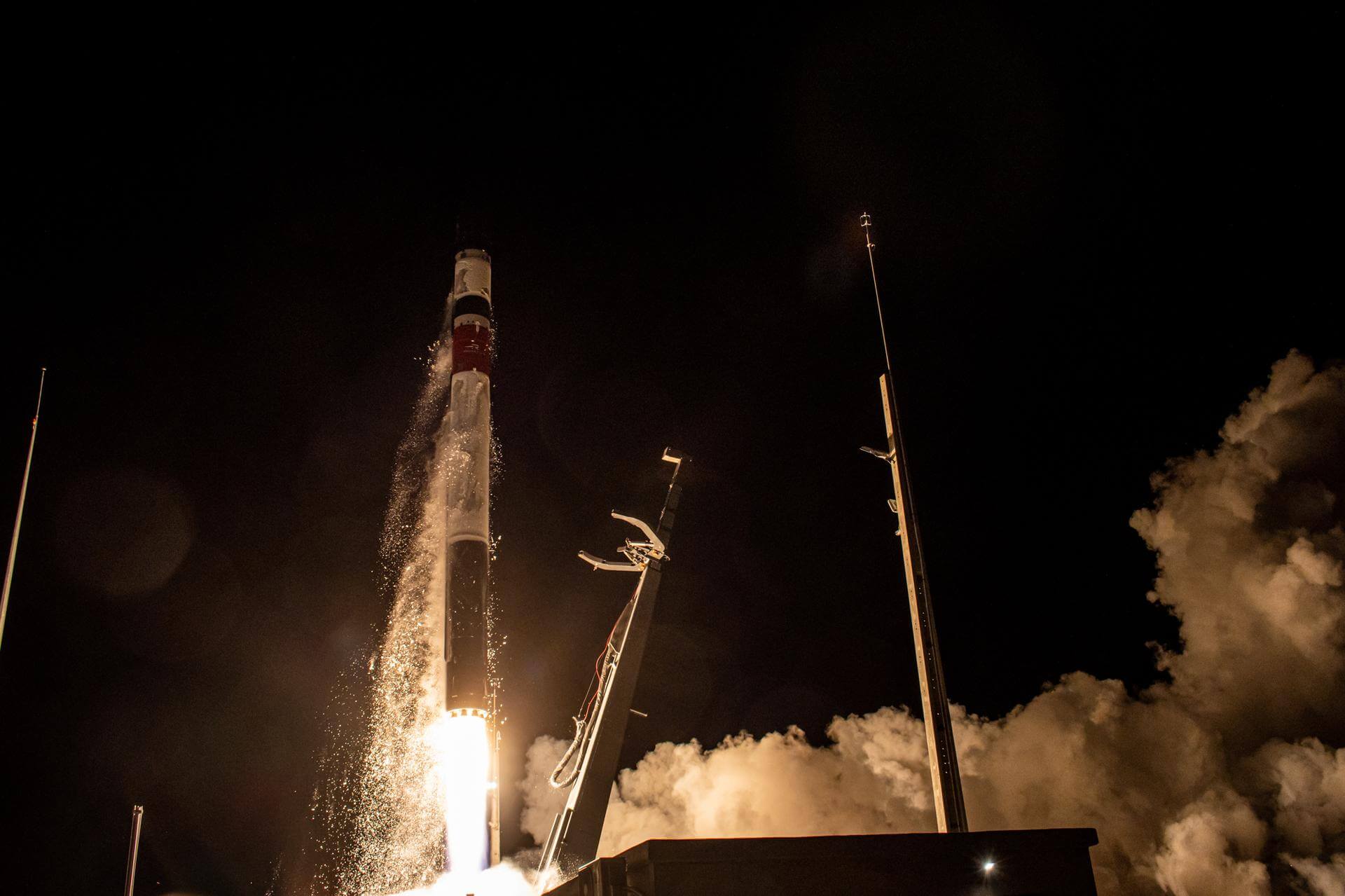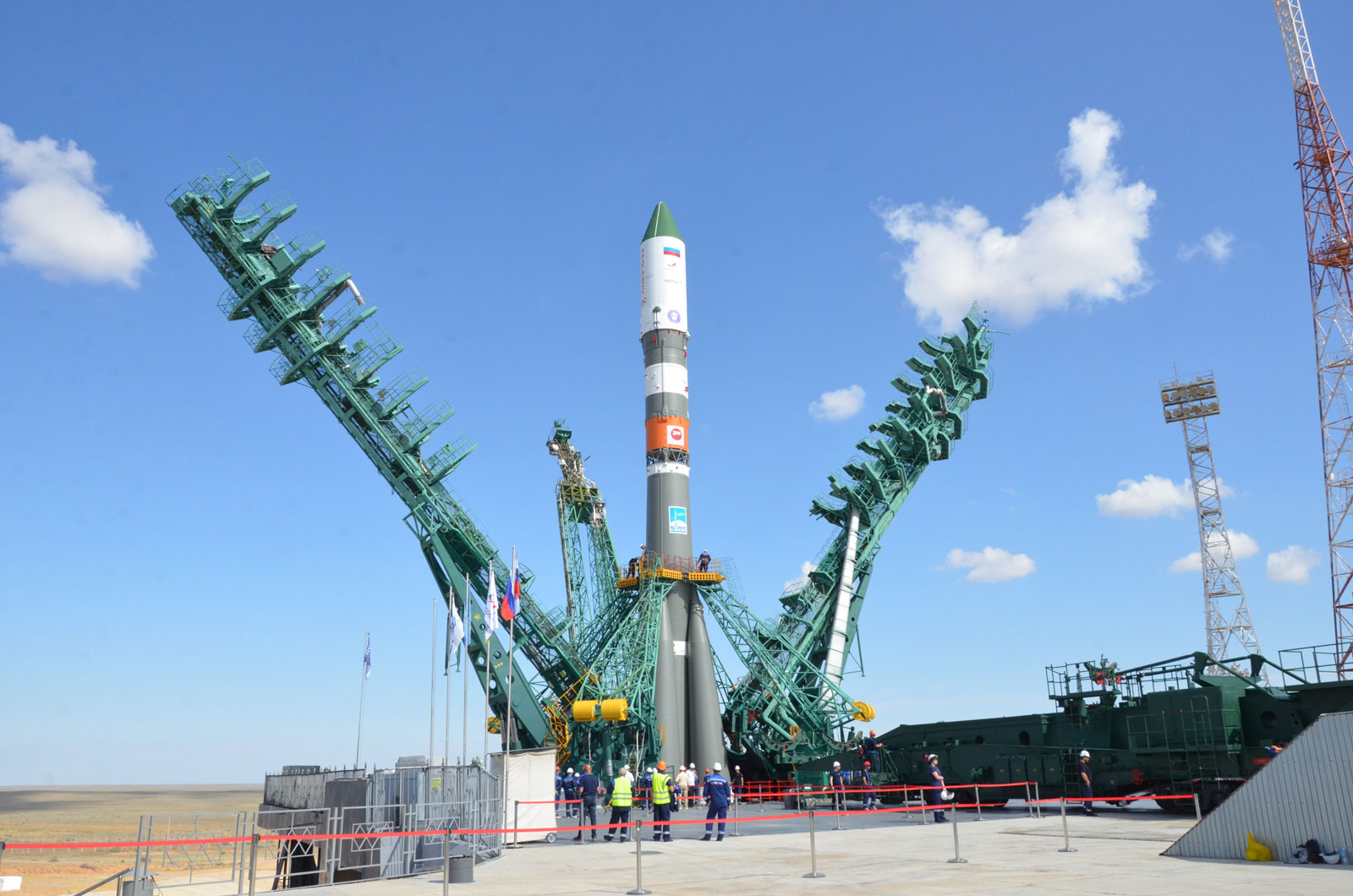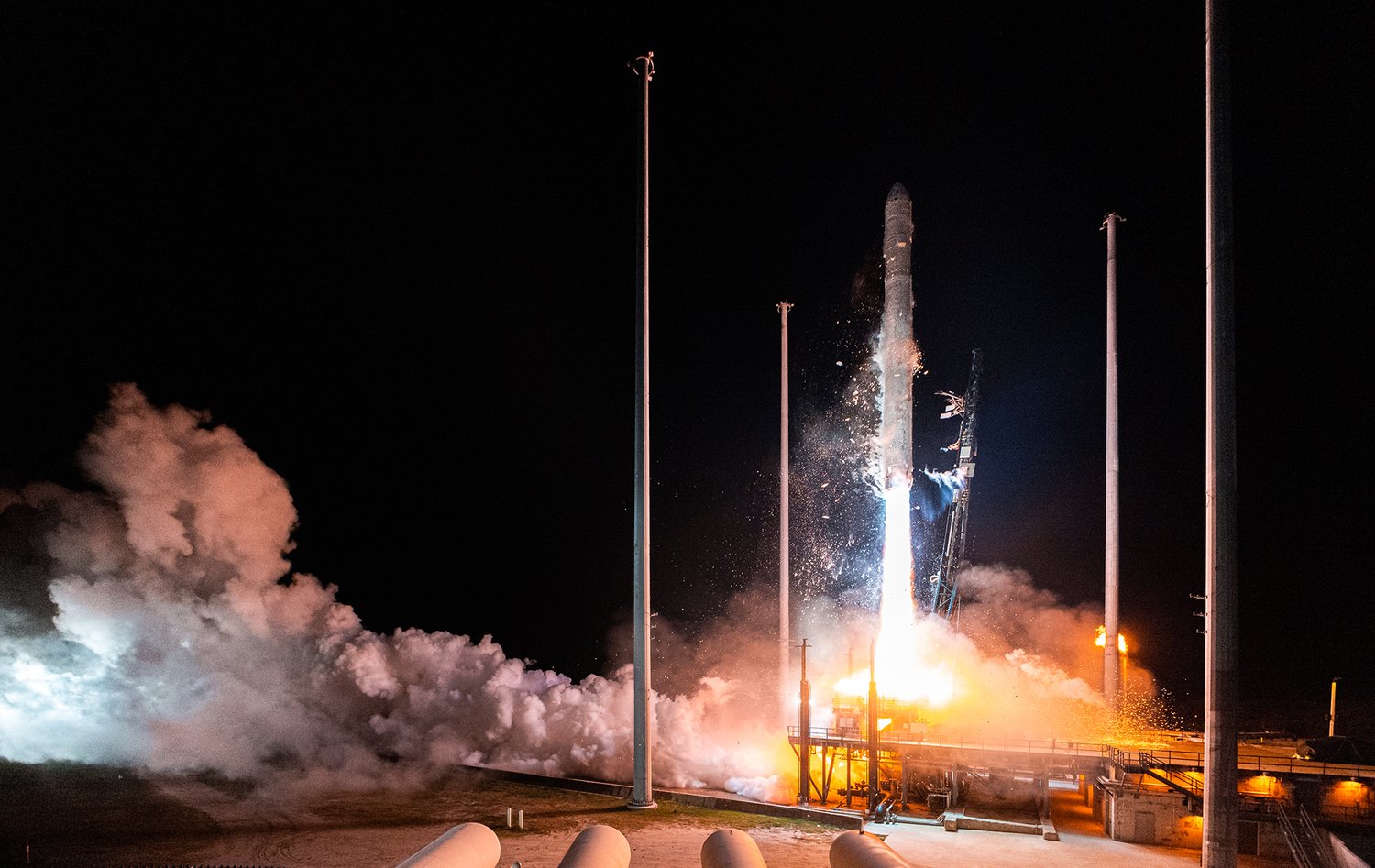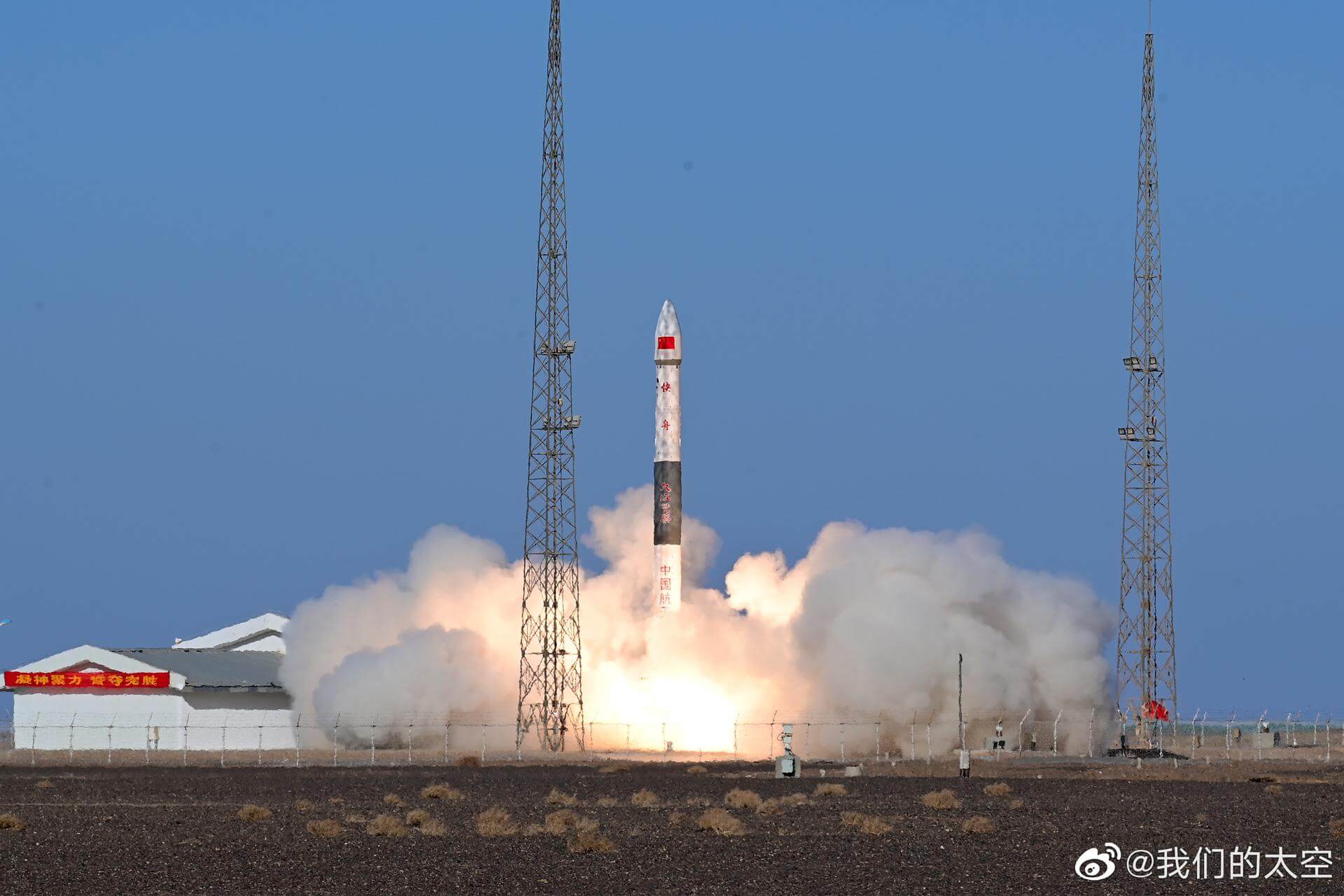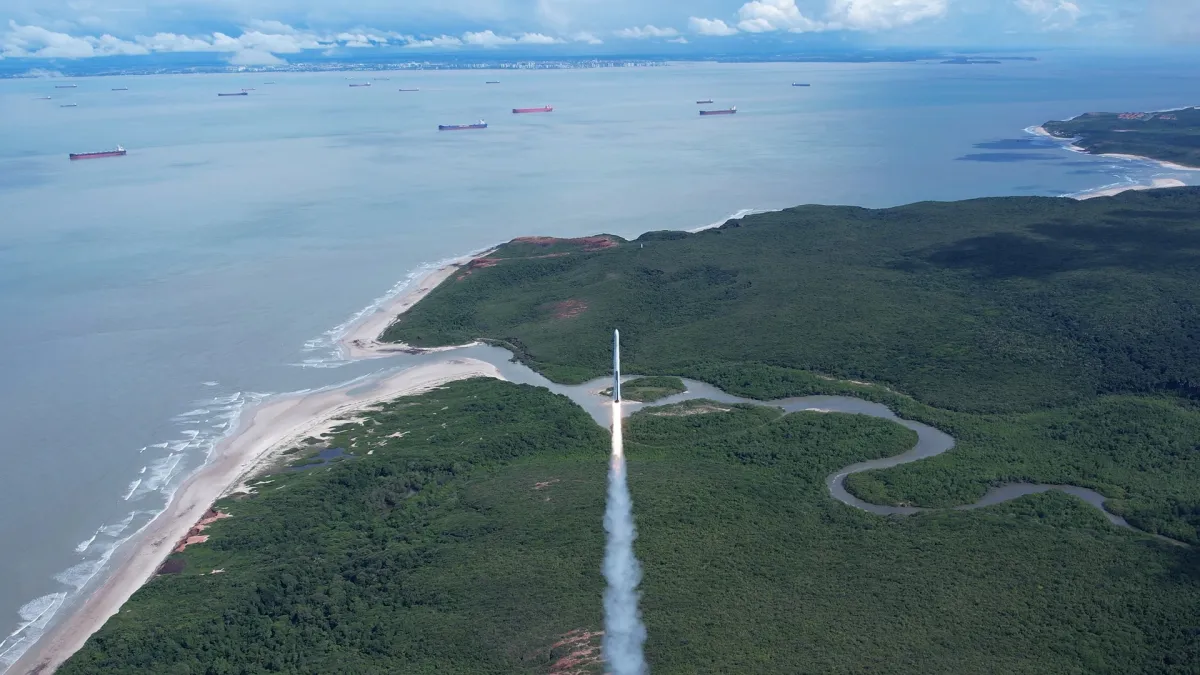Previous Spaceflight Launches
Filter by Agency, Locations or Vehicles
Show All LaunchesFalcon 9 Block 5 | Starlink Group 5-10
SpaceX | United States of AmericaCape Canaveral SFS, FL, USA
March 29, 2023, 8:01 p.m.
Soyuz 2.1v | Kosmos 2568 (EO MKA-4)
Progress Rocket Space Center | RussiaPlesetsk Cosmodrome, Russian Federation
March 29, 2023, 7:57 p.m.
Shavit-2 | Ofek-13
Israel Aerospace Industries | IsraelPalmachim Airbase, State of Israel
March 28, 2023, 11:10 p.m.
LVM-3 | OneWeb 18
Indian Space Research Organization | IndiaSatish Dhawan Space Centre, India
March 26, 2023, 3:30 a.m.
Status: Launch Successful
Mission:
A batch of 36 satellites for the OneWeb satellite constellation, which is intended to provide global Internet broadband service for individual consumers. The constellation is planned to have around 648 microsatellites (of which 60 are spares), around 150 kg each, operating in Ku-band from low Earth orbit.
Polar OrbitFalcon 9 Block 5 | Starlink Group 5-5
SpaceX | United States of AmericaCape Canaveral SFS, FL, USA
March 24, 2023, 3:43 p.m.
Electron | The Beat Goes On (BlackSky 18-19)
Rocket Lab | United States of AmericaRocket Lab Launch Complex 1, Mahia Peninsula, New Zealand
March 24, 2023, 9:14 a.m.
Status: Launch Successful
Mission:
Payload consists of 2 second generation Earth-imaging satellites for BlackSky. They are part of a constellation of 60 Low Earth Orbit Earth imaging satellites adding capacity to the company’s real-time geospatial intelligence and monitoring capabilities.
Low Earth Orbit 35 - Maiden Flight South PacificSoyuz 2.1a | Kosmos 2567 (Bars-M No. 4)
Progress Rocket Space Center | RussiaPlesetsk Cosmodrome, Russian Federation
March 23, 2023, 6:40 a.m.
Status: Launch Successful
Mission:
Note: Payload identity uncertain. Bars-M is the second incarnation of the Bars project, which was started in the mid 1990ies to develop a successor for the Komtea class of area surveillance satellites. The original Bars project was halted in the early 2000s. In 2007, TsSKB-Progress was contracted for Bars-M, for which reportedly the Yantar-based service module was replaced by a new developed advanced service module. The Bars-M satellites feature an electro-optical camera system called Karat, which is developed and built by the Leningrad Optical Mechanical Association (LOMO), and a dual laser altimeter instrument to deliver topographic imagery, stereo images, altimeter data and high-resolution images with a ground resolution around 1 meter.
Sun-Synchronous OrbitTerran 1 | Good Luck, Have Fun (Maiden Flight)
Relativity Space | United States of AmericaCape Canaveral SFS, FL, USA
March 23, 2023, 3:25 a.m.
Kuaizhou 1A | Tianmu-1 03-06
ExPace | ChinaJiuquan Satellite Launch Center, People's Republic of China
March 22, 2023, 9:09 a.m.
HANBIT-TLV | SISNAV
Innospace | South KoreaAlcântara Space Center, Federative Republic of Brazil
March 19, 2023, 5:52 p.m.

